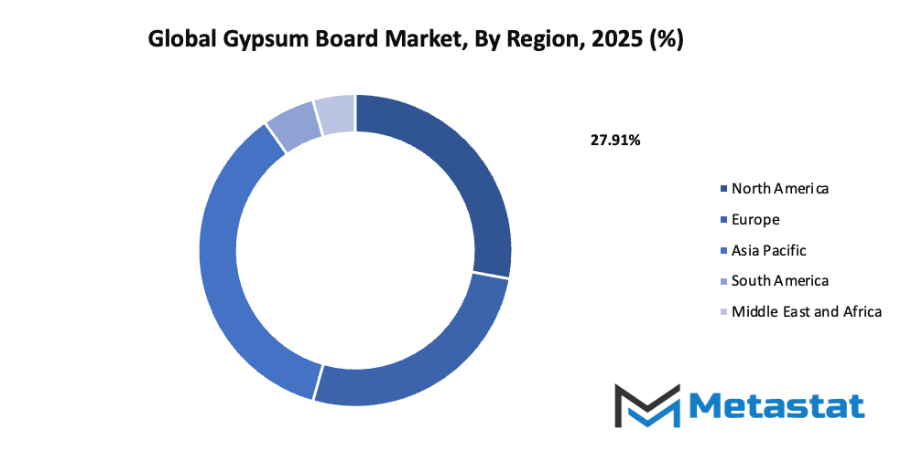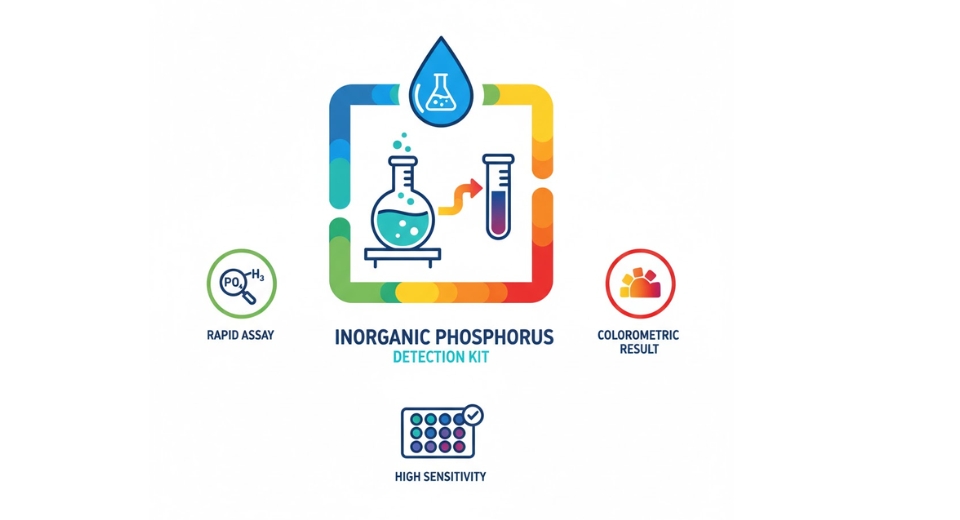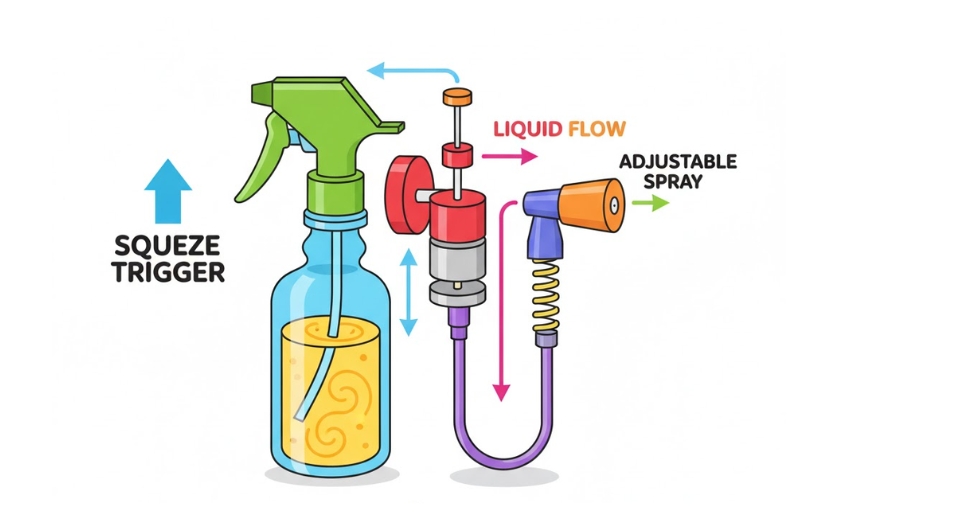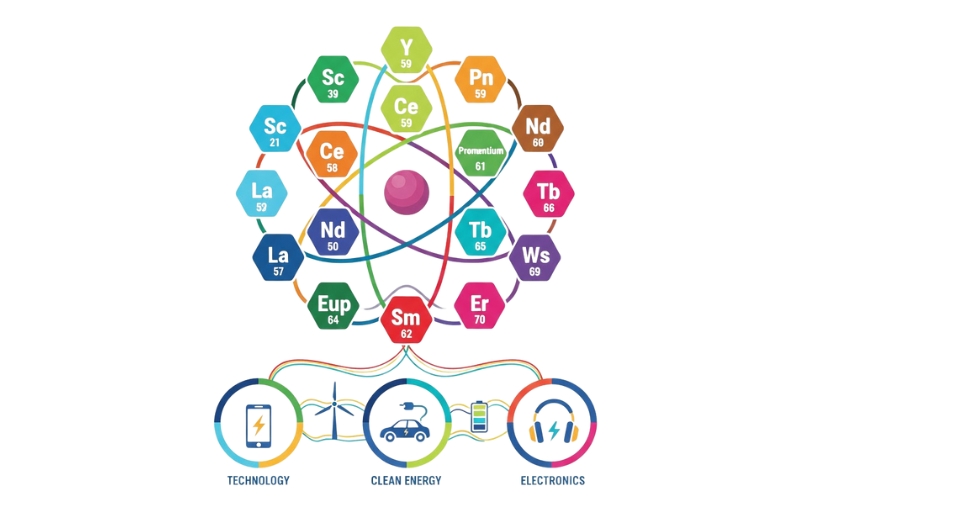Global Gypsum Board Market - Comprehensive Data-Driven Market Analysis & Strategic Outlook
The global gypsum board market is rather interesting as it has transformed through the years from a modest building material segment to one of the pillars of the modern construction industry. The beginning of this trend can be traced back to the late 1800s when plasterboard was first introduced as the cleaner and faster alternative to the traditional lath and plaster walls. This invention gradually changed the whole building practices, speeding up the installation, and providing smoother finishes, and fire resistance.
- The global gypsum board market saw revenues of about USD 72.4 billion in 2025, increasing at a CAGR of approximately 12.8% till 2032, with the possibility of going over USD 168.2 billion.
- Wallboard holds almost 55.8% of the entire market share and keeps on driving the innovation as well as the expansion of applications with the help of intense research.
- The major factors leading to the above-mentioned trend of increased demand are: an increase in construction and renovation activities which in turn increases the demand for gypsum boards, and the modern buildings' preference for lightweight and fire-resistant materials thus, making it the ideal choice.
- The opportunities that come with it are the growing use of eco-friendly soundproof gypsum boards in sustainable building construction.
- The big clue is that the market will increase its worth substantially over the next ten years which will mean that there will be a lot of growth potential.

It was the urbanization in North America and Europe that powered the global gypsum board market during its early stages. The demand for housing and offices increased after the world wars in these areas. The manufacturing technique was also modified by the factories in such a way that they shifted from manual and labour-intensive processes to the use of continuous production lines where boards were produced in large volumes. The move was indeed the major turning point for the market’s development, thus opening the door for international trading and investments across borders in production facilities.
In the late twentieth century, the rising of environmental consciousness gradually started to alter the market trend. Companies looked for ways to recycle gypsum waste and to bring lighter, more durable boards with less environmental impact to the market. The coming of synthetic gypsum—made from industrial by-products—was a turning point that transformed both the economics of manufacturing and the practices of sustainability.
Where construction standards did not drastically change, architects and builders still had their expectations to change according to the new standards. There was a shift in demand towards boards that not only provided moisture resistance but also sound insulation, and design flexibility, among others. The adoption of automation and digital control in production plants provided suppliers with the ability to produce with great precision, thereby guaranteeing uniformity in quality and also having the by-product of lesser waste. At the same time, certain building codes and safety regulations in different areas started to underline the need for energy conservation and proper fire safety, which in turn had a positive effect on the innovations relating to product design.
The global gypsum board market is going to be adaptable in the near future to the new construction trends and especially when cities will be in need of the fast, cost-effective, and eco-friendly building solutions. The whole of this journey from the very beginning of gypsum boards being a mere substitute for plaster to being a global construction necessity, perfectly demonstrates how the world has evolved in the way it builds and lives spiritually and materially together with the present day.
Market Segments
The global gypsum board market is mainly classified based on Product, Thickness, Application.
By Product is further segmented into:
- Wallboard: The use of wallboard in interior construction, which is its primary application, has steadily increased and thus has been reflected in the global gypsum board market trend. Wallboard is often used in diverse buildings because it offers smooth surfaces for painting and finishing, and it has been growing in preference because of its durability and easy installation.
- Ceiling Board: The market sees a constant increase in ceiling boards since they provide acoustic advantages and aesthetic improvement inside. Ceilings boards are extensively applied in offices, schools, and homes for sound absorption and insulation and are treated for their lightness and fire resistance properties, further boosting their appeal in the market.
- Pre-decorated Board: Pre-decorated boards are among the demand drivers of the market as they offer significant savings in both installation time and finishing costs. These boards are basically ready to be used as they come with either the designer or the coating already done. These boards are ideal for modern-day interiors. Builders and designers choose them primarily for their attractiveness and secondarily for their cost-effectiveness.
- Others: In addition to the different types of products, the global gypsum board market also encompasses other types with special features that serve specific construction purposes. This category may include boards with resistance to moisture or strength that is suitable for harsh environments. These variations are able to fulfill the growing demand of construction projects that prioritize safety, performance, and eco-friendliness.
By Thickness the market is divided into:
- 1/2-Inch: The global gypsum board market shows a strong demand for 1/2-inch boards which are mainly used in residential areas. This thickness is perfect for normal wall and ceiling constructions. Its feather-like weight and easy-to-handle characteristics make it a favourite in house as well as small building projects, hence, its universal acceptance.
- 5/8-Inch: The market experiences a noteworthy increase in the consumption of 5/8-inch boards, as they are the first choice for the most robust physical characteristics and fire resistance. Therefore, they are the preferred material for such facilities as schools, hospitals, and factories, where safety is imperative the quality of their production also plays their market permanence role as they resist fire and provide sound insulation.
- Others: The global gypsum board market caters to other thicknesses that were primarily developed to comply with the demands of the varied types of construction. The implementation of these variants is determined by the project design and structure, thus giving flexibility. Construction companies would choose them according to the right mix of strength, weight, and performance expectations.
By Application the market is further divided into:
- Pre-Engineered Building: The global gypsum board market is expanding within pre-engineered buildings due to quicker installation and cost-saving benefits. Gypsum boards support efficient construction methods and maintain structural strength. Their lightweight design helps reduce overall building load, improving project timelines and energy performance.
- Residential: The market holds a major share in residential construction because of its affordability and easy installation. Homebuilders prefer gypsum boards for walls and ceilings, offering a smooth finish suitable for paint or wallpaper. The product’s sound insulation and fire resistance increase its use in homes.
- Industrial: The market finds application in industrial structures where fire safety and durability are key priorities. Industrial spaces benefit from gypsum boards as they enhance structural safety while maintaining cost efficiency. The product’s ability to resist wear makes it reliable for long-term industrial usage.
- Commercial: The market sees wide adoption in commercial buildings such as offices, malls, and retail outlets. Gypsum boards help create modern interiors and improve acoustic comfort. Their adaptability to various designs and quick installation process support efficient construction and maintenance in commercial environments.
- Institutional: The global gypsum board market plays an essential role in institutional buildings like schools, hospitals, and government offices. These structures demand durable and fire-resistant materials, which gypsum boards provide effectively. Their clean appearance and performance reliability make them a preferred choice for such public projects.
|
Forecast Period |
2025-2032 |
|
Market Size in 2025 |
$72.4 Billion |
|
Market Size by 2032 |
$168.2 Billion |
|
Growth Rate from 2025 to 2032 |
12.8% |
|
Base Year |
2024 |
|
Regions Covered |
North America, Europe, Asia-Pacific, South America, Middle East & Africa |
By Region:
- Based on geography, the global gypsum board market is divided into North America, Europe, Asia-Pacific, South America, and the Middle East & Africa.
- North America is further divided into the U.S., Canada, and Mexico, whereas Europe consists of the UK, Germany, France, Italy, and the Rest of Europe.
- Asia-Pacific is segmented into India, China, Japan, South Korea, and the Rest of Asia-Pacific.
- The South America region includes Brazil, Argentina, and the Rest of South America, while the Middle East & Africa is categorized into GCC Countries, Egypt, South Africa, and the Rest of the Middle East & Africa.

Growth Drivers
Growing construction and renovation activities boost demand for gypsum boards: Growing construction and renovation activities boost demand for gypsum boards. Increased urban development and infrastructure projects lead to higher consumption in both residential and commercial sectors. Expansion in housing projects and interior remodeling encourages the use of gypsum boards due to their easy installation and cost-effectiveness, supporting the overall expansion of the global gypsum board market.
Lightweight and fire-resistant properties make it a preferred choice for modern buildings: These qualities offer safety and efficiency during construction. Builders prefer gypsum boards for partition walls and ceilings because they reduce overall structural load and enhance fire protection. The combination of lightness and safety ensures reliability, contributing significantly to the steady rise of the global gypsum board market.
Challenges and Opportunities
High moisture sensitivity limits its use in wet areas: High moisture sensitivity limits its use in wet areas. Exposure to water or humidity often weakens gypsum boards, reducing durability in kitchens, bathrooms, or exterior walls. This limitation restricts application scope and pushes manufacturers to develop moisture-resistant variants to maintain growth within the global gypsum board market.
Fluctuating raw material prices affect production costs:
Variations in gypsum, paper, and transportation expenses influence final pricing, creating instability in profit margins. Manufacturers face challenges in maintaining competitive rates while ensuring quality. These fluctuations impact production planning and supply consistency, posing a concern for the global gypsum board market.
Opportunities
Rising adoption of eco-friendly and soundproof gypsum boards in sustainable construction: Increasing environmental awareness promotes the use of recyclable and energy-efficient materials. Architects and developers choose eco-friendly gypsum boards to meet green building standards, improving indoor comfort and acoustic performance, thus encouraging long-term growth in the global gypsum board market.
Competitive Landscape & Strategic Insights
The global gypsum board market continues to grow as construction activities expand across residential, commercial, and industrial sectors. Demand for gypsum board products has increased due to their cost-effectiveness, fire resistance, and easy installation, making them a preferred choice for interior walls and ceilings. Growth in infrastructure development projects, especially in developing economies, also contributes to the steady rise in consumption. Increased awareness of sustainable and energy-efficient building materials further strengthens the market, as gypsum boards are recyclable and environmentally friendly.
The industry is a mix of both international industry leaders and emerging regional competitors. Important competitors include Ahmed Yousef & Hassan Abdulla Co. (AYHACO), American Gypsum Company, LLC, AYHACO Gypsum Products Manufacturing, Beijing New Building Material (BNBM) Public Ltd Co., Beijing New Building Material (Group) Co., Ltd., CHIYODA UTE CO., LTD., CONTINENTAL BUILDING PRODUCTS, Etex Group, Georgia-Pacific LLC, Global Mining Company LLC (GMC), Gulf Gypsum Co. (ASK Gypsum Factory Ltd.), Gulf Gypsum Industrial, Gypsemna, Knauf, Knauf Gips KG, Lafarge Group, National Gypsum Company, Osman Group, PABCO Gypsum, Saint Gobain, United Mining Industries (UMI) Company Ltd., VANS Gypsum, VOLMA, Yoshino Gypsum Co. Ltd., and ZAWAWI MINERALS LLC in global gypsum board market. These companies play a major role in shaping the market landscape through technological advancements, mergers, and capacity expansions.
Product innovation has become a key focus area, with many producers developing lightweight and moisture-resistant boards to meet modern construction standards. Companies are also working on improving sound insulation and fire protection features to cater to urban development needs. Regional manufacturers are growing rapidly, supported by government housing projects and industrial growth in the Middle East, Asia-Pacific, and Africa. Increased investments in local production facilities help reduce import dependence and boost domestic availability.
Sustainability has become an important factor influencing production processes. Many manufacturers have started adopting eco-friendly raw materials and recycling systems to minimize waste and energy consumption. Growing emphasis on green building certifications such as LEED and BREEAM encourages wider adoption of gypsum boards. As more construction firms focus on reducing carbon footprints, this product type continues to gain preference over traditional wall materials.
Global trade also plays an important role in the market’s progress. Major exporters in Asia and Europe supply large quantities to regions with limited production capacity. Price fluctuations of raw materials like gypsum and paper liners can affect market stability, but technological improvements and process efficiency help reduce costs. Industry players continue to explore ways to balance pricing with quality to maintain competitiveness.
Market size is forecast to rise from USD 72.4 Billion in 2025 to over USD 168.2 Billion by 2032. Gypsum Board will maintain dominance but face growing competition from emerging formats.
In conclusion, the global gypsum board market remains on a steady growth path supported by urbanization, construction expansion, and innovation in manufacturing. Increasing emphasis on sustainability, energy efficiency, and environmentally safe materials ensures a promising future. Strong collaboration between international and regional producers continues to shape the structure and direction of this growing market.
Report Coverage
This research report categorizes the global gypsum board market based on various segments and regions, forecasts revenue growth, and analyzes trends in each submarket. The report analyses the key growth drivers, opportunities, and challenges influencing the global gypsum board market. Recent market developments and competitive strategies such as expansion, type launch, development, partnership, merger, and acquisition have been included to draw the competitive landscape in the market. The report strategically identifies and profiles the key market players and analyses their core competencies in each sub-segment of the global gypsum board market.
Gypsum Board Market Key Segments:
By Product
- Wallboard
- Ceiling Board
- Pre-decorated Board
- Others
By Thickness
- 1/2-Inch
- 5/8-Inch
- Others
By Application
- Pre-Engineered Building
- Residential
- Industrial
- Commercial
- Institutional
Key Global Gypsum Board Industry Players
- Ahmed Yousef & Hassan Abdulla Co. (AYHACO)
- American Gypsum Company, LLC
- AYHACO Gypsum Products Manufacturing
- Beijing New Building Material (BNBM) Public Ltd Co.
- Beijing New Building Material (Group) Co., Ltd.
- CHIYODA UTE CO., LTD.
- CONTINENTAL BUILDING PRODUCTS
- Etex Group
- Georgia-Pacific LLC
- Global Mining Company LLC (GMC)
- Gulf Gypsum Co. (ASK Gypsum Factory Ltd.)
- Gulf Gypsum Industrial
- Gypsemna
- Knauf
- Knauf Gips KG
- Lafarge Group
- National Gypsum Company
- Osman Group
- PABCO Gypsum
- Saint Gobain
- United Mining Industries (UMI) Company Ltd.
- VANS Gypsum
- VOLMA
- Yoshino Gypsum Co. Ltd.
- ZAWAWI MINERALS LLC
WHAT REPORT PROVIDES
- Full in-depth analysis of the parent Industry
- Important changes in market and its dynamics
- Segmentation details of the market
- Former, on-going, and projected market analysis in terms of volume and value
- Assessment of niche industry developments
- Market share analysis
- Key strategies of major players
- Emerging segments and regional growth potential








 US: +1 3023308252
US: +1 3023308252






